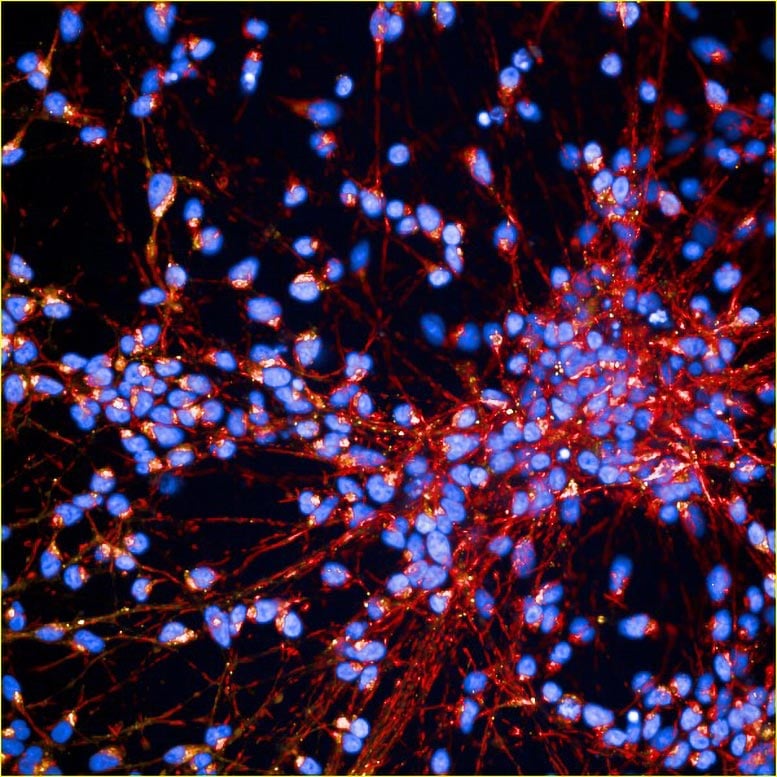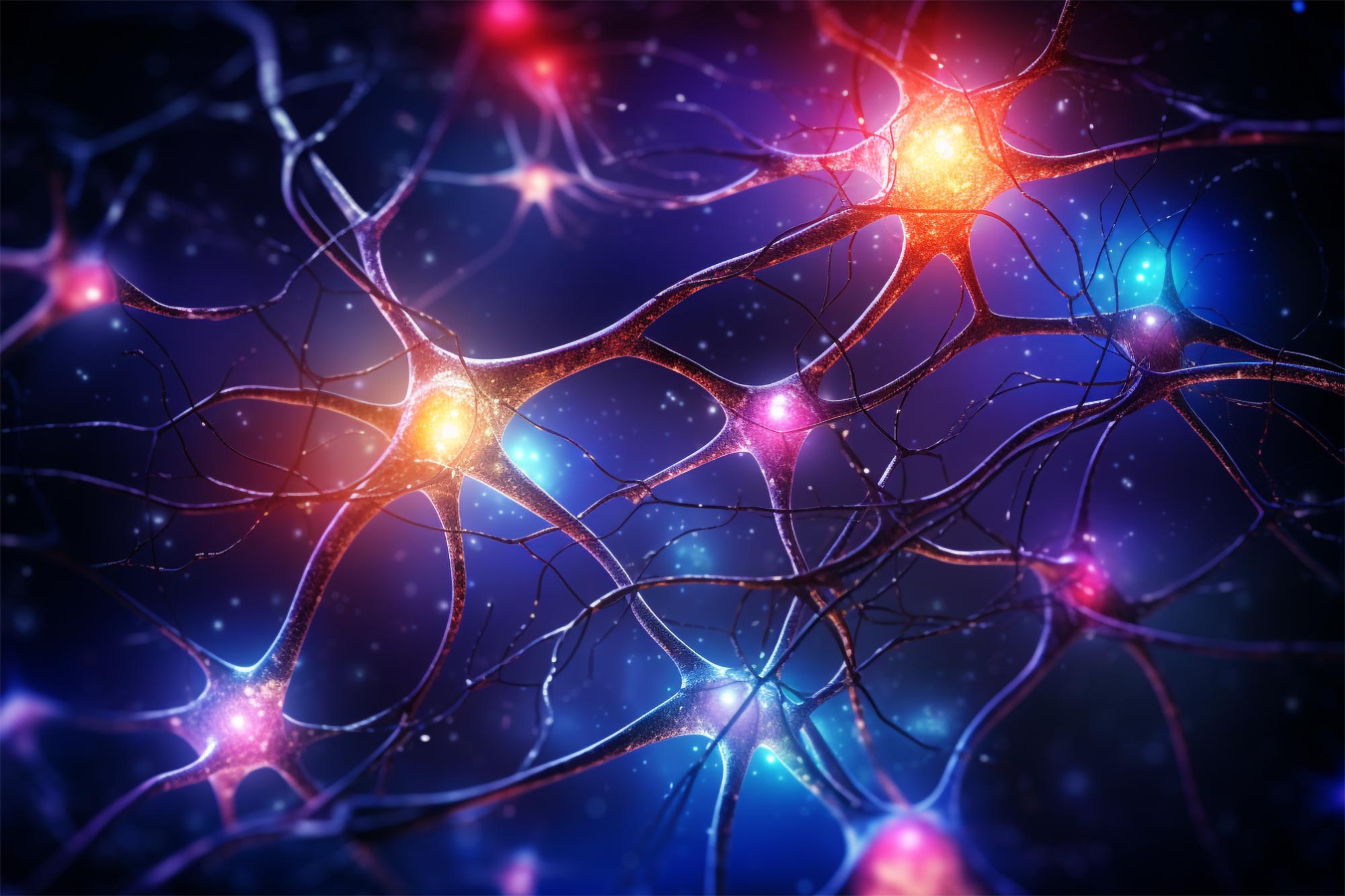Machine learning has been used to accurately predict Parkinson’s disease subtypes from images of stem cells.
This advancement offers the potential for personalized medicine by classifying four subtypes with up to 95% Parkinson’s disease is a neurodegenerative condition impacting movement and cognition. Symptoms and disease progression vary from person to person due to differences in the underlying mechanisms causing the disease. Until now there hasn’t been a way to accurately differentiate subtypes, which means people are given nonspecific diagnoses and don’t always have access to targeted treatments, support or care. Parkinson’s disease involves misfolding of key proteins and dysfunction in the clearance of faulty mitochondria, the source of energy production in the cell. The majority of Parkinson’s disease cases start sporadically, but some can be linked to genetic mutations. The researchers generated stem cells from patients’ own cells and chemically created four different subtypes of Parkinson’s disease, two involving pathways leading to toxic build-up of a protein called α-synuclein and two involving pathways leading to defunct mitochondria, to create a ‘human model of brain disease in a dish’. They then imaged the disease models in microscopic detail and labeled key cell components including lysosomes, which are involved in breaking down worn-out parts of the cell. The researchers ‘trained’ a computer program to recognize each subtype, which was then able to predict the subtype when presented with images it hadn’t seen before. The mitochondria and lysosomes were the most important features in predicting the correct subtype – confirming their involvement in how Parkinson’s disease develops – but other areas of the cell like the nucleus were also found to be important, as well as aspects of the images we can’t yet explain. James Evans, PhD student at the Crick and UCL, and co-first author with Karishma D’Sa and Gurvir Virdi, said, “Now that we use more advanced image techniques, we generate vast quantities of data, much of which is discarded when we manually select a few features of interest. “Using AI in this study enabled us to evaluate a larger number of cell features, and assess the importance of these features in discerning disease subtype. Using deep learning, we were able to extract much more information from our images than with conventional image analysis. We now hope to expand this approach to understand how these cellular mechanisms contribute to other subtypes of Parkinson’s.” Sonia Gandhi, assistant research director and group leader of the Neurodegeneration Biology Laboratory at the Crick, said, “We understand many of the processes that are causing Parkinson’s in people’s brains. But, while they are alive, we have no way of knowing which mechanism is happening, and therefore can’t give precise treatments. “We don’t currently have treatments which make a huge difference in the progression of Parkinson’s disease. Using a model of the patient’s own neurons, and combining this with large numbers of images, we generated an algorithm to classify certain subtypes – a powerful approach that could open the door to identifying disease subtypes in life. Taking this one step further, our platform would allow us to first test drugs in stem cell models, and predict whether a patient’s brain cells would be likely to respond to a drug, before enrolling into clinical trials. The hope is that one day this could lead to fundamental changes in how we deliver personalized medicine.” The project was developed during the disruption to the lab’s research during the DOI: 10.1038/s42256-023-00702-9
Understanding Parkinson’s Disease Variability

AI-Powered Disease Classification
Leveraging AI for Detailed Disease Insights
Potential for Precision Medicine
Development Amidst the Pandemic











/https://tf-cmsv2-smithsonianmag-media.s3.amazonaws.com/filer_public/34/31/3431771d-41e2-4f97-aed2-c5f1df5295da/gettyimages-1441066266_web.jpg)







Discussion about this post